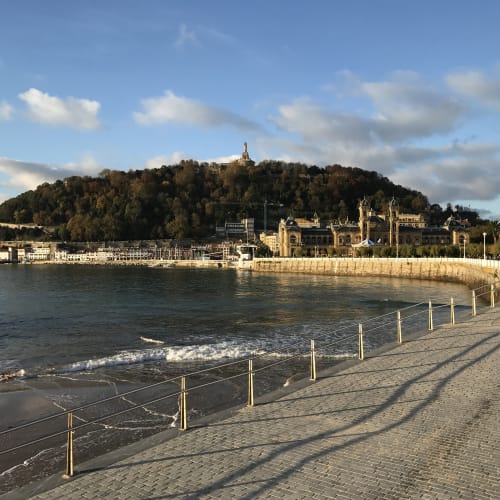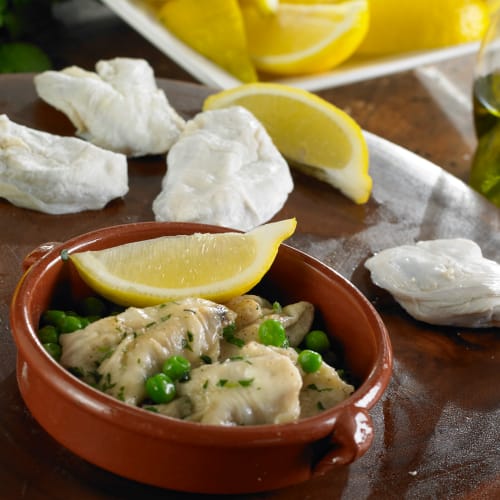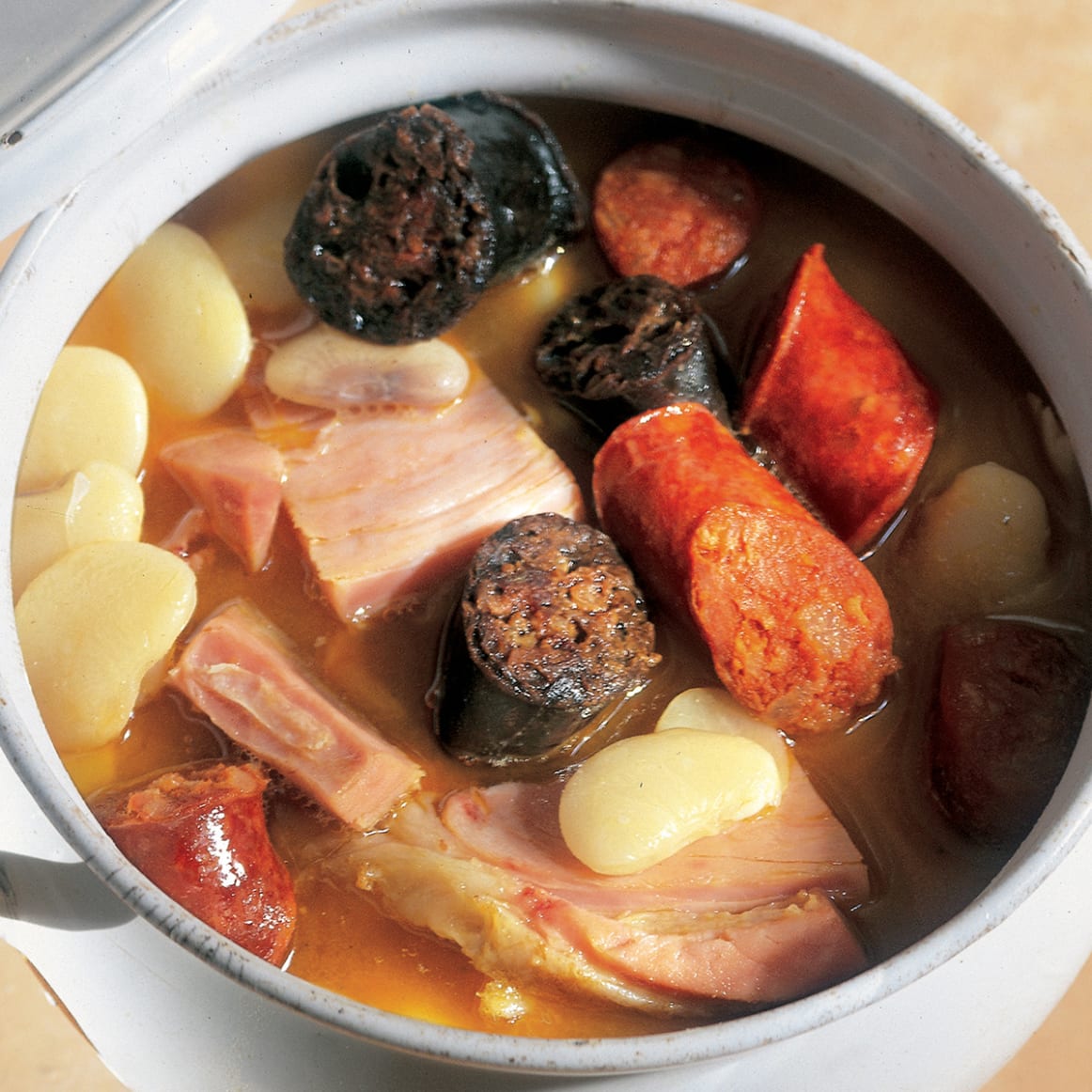Three Kings Sale - Up to 40% Off! Shop Sale
5 Great Dishes of Spain - From Valencia to San Sebastián
Jonathan Harris | June 2019




Spain is a huge country of 17 distinct regions, from the rolling green hills of Galicia to the beautiful island of Mallorca with its palm trees. And every region is fiercely proud of their heritage and local cuisine.

This is what I love about Spain – travel a few hours and you will discover a new landscape and architecture, each with its own beauty and heritage. Because so many cultures have called Spain home over the millennia, there is a richness found nowhere else. And there is no better example of this than in the cuisine. Today I want to feature five of my favorite dishes that express the heritage and history of several amazing regions in Spain.
Let’s begin in Asturias. This mountainous region in the far north was one of the last holdouts during the invasion of the Moors, and it is no surprise why. The Picos de Europa are formidable, ending abruptly at the sea. Steep valleys protected the Asturianos from the invaders and also produced a distinct cuisine that is a source of pride to this day. The crown jewel of Asturian cuisine is Fabada Asturiano, a hearty stew of fabes beans, morcilla, chorizo and jamón seasoned with smoky pimentón de La Vera.
As with much of Spanish cuisine, the ingredients sound simple, but the quality of ingredients elevates the dish to a new level. For instance, official Fabes de la Granja beans are grown only in Asturias, and take twice as long as other beans to mature. They must be harvested by hand then dried in traditional ‘horreos,’ wooden barns resting on granite poles. The result is a bean that is rich and creamy, able to absorb all the intense flavors of the other ingredients.
The perfect pairing to this delicious stew is a glass of Asturian sidra. Grape vines do not grow well in this region, so hard apple cider became the preferred drink. Tart and earthy, Asturian sidra is poured into glasses from a bottle held high over the server’s head, frothing the cider and releasing its flavor.
Heading east along the rocky coast we reach the País Vasco, or Basque Country. Nestled at the foot of the Pyrenees Mountains, the beautiful city of San Sebastián sits on a perfect horseshoe bay. Long famed for their seafaring prowess, it is said that Basque fishermen were the first to reach North America, hundreds of years before Columbus. Their quarry was the codfish, which they caught and salted to preserve for the return voyage. So rich was the fishery, and so skilled the fishermen, that salt cod, or ‘bacalao,’ became one of the main sources of protein for the Iberian Peninsula.

One of my favorite Basque dishes is ‘kokotxas de bacalao en salsa verde,’ or salt cod cheeks in parsley sauce. Tender and delicious, this is the richest cut of the bacalao. The cheeks are sautéed slowly in garlic, olive oil and wine until the natural gelatin is released, creating a creamy sauce. It is typically served with roasted potatoes and a loaf of good bread for sopping up the sauce. This is a dish that speaks to the heritage and history of the region, so distinct from other areas. But still, the simple preparation lets the quality of the ingredients shine through.
I usually wash down my kokotxas with a refreshing glass of Txakoli white wine. Txakoli grapes grow in a very small area of the coastal region. On a recent winery visit, I looked over the vines to see the ocean below. Just then two surfers walked along the side of the vineyard and down a trail toward the crashing waves. This light citrusy wine is the perfect match for bacalao – how could it not be, from the vineyard we could see the port where the fish arrived every day.
Traveling to the heart of Spain, we arrive in Segovia. This beautiful city features a giant Roman aqueduct cutting right through the center of town and a storybook castle with pointed towers, moat and drawbridge. But what brings me back every time is the cochinillo, or suckling pig. The venerable Mesón de Cándido restaurant sits next to the aqueduct, and the hardwood fired ovens blaze year-round. Suckling pigs are roasted whole in earthenware cazuelas until the skin is crisp and chestnut brown. The pigs are so tender that the owner cuts them into pieces with a plate. As I nibble on the juicy pork, I like to sip a bold Ribera del Duero Tempranillo wine and look out the window on the beautiful city.

Heading south to the coast, we reach El Puerto de Santa María. This is in the heart of Andalucía, and one of the sources of classic flamenco music. It is also a famous beach town, and one of my favorite restaurants is a temporary ‘chiringuito’ built right on the beach. Open just in the summer for beachgoers, this is no hotdog stand and there are no snow cones to be had. Instead, grab a table and get ready for some of the freshest seafood you’ve ever had. Feast on grilled sardines pulled fresh from the ocean that morning, or fried puntillitas, little squid so small that a plate can hold a hundred of them.
One day I splurged on the ultimate of beach cuisine – atún rojo de almadraba, or grilled bluefin tuna. For thousands of years, fishermen have used the Phoenician method of capturing these giants of the sea by surrounding them with a series of nets, a practice called ‘almadraba.’ In ancient times, these fish could feed a whole community and every part of the animal was eaten or salted and cured. Because there are so few left, I usually avoid eating bluefin tuna. But I could not resist cutting into a steak of atún rojo harvested so recently in the fishing port of Zahara de los Atunes, just miles down the coast from where I sat in my swim trunks, staring at the sea. The tuna was simply cooked in olive oil on a plancha grill, sprinkled with sea salt. Paired with a frosty glass of Cruzcampo beer, I’ve never had a tastier cut of fish.
Finally, I will take you to Alicante, a beautiful Mediterranean Sea port not far from Valencia. The city is dominated by the Castillo de Santa Bárbara, a fortress perched atop a small mountain in the center of the city called Monte Benacantil. This is a land of citrus and almonds, rice and turrón candy. And seafood, of course. The most remarkable meal I ever enjoyed in Alicante was at Restaurante Aldebarán, situated by the sea. It was the first time I had tried Arroz Abanda, a rice dish prepared in a paella pan. When the waiter arrived with the pan, I was surprised to see what appeared to be just rice!
But what a rice it was. Rich and flavorful with an amazing texture. This is the secret to Spanish rice dishes like paella or arroz abanda – the rice is the star. In the case of arroz abanda, ‘abanda’ means ‘to the side.’ The rice is cooked with a supremely rich fish broth which saturates the rice, and a thin crust of heavenly goodness forms on the base of the pan. It is served on one side of the dish, then fresh fish is served on the other side. Freshly made alioli garlic sauce tied everything together, and we washed it down with a refreshing Monastrell white wine grown nearby. ¡Qué maravilla!
These are just a few of the amazing meals you can enjoy across Spain. Every region is fiercely proud of their history and heritage, and the local cuisine is one of the most enjoyable ways to experience the diverse cultures of Spain. Next time you visit, I encourage you to explore beyond the normal tourist areas and experience the wonderful variety that is Spain.

